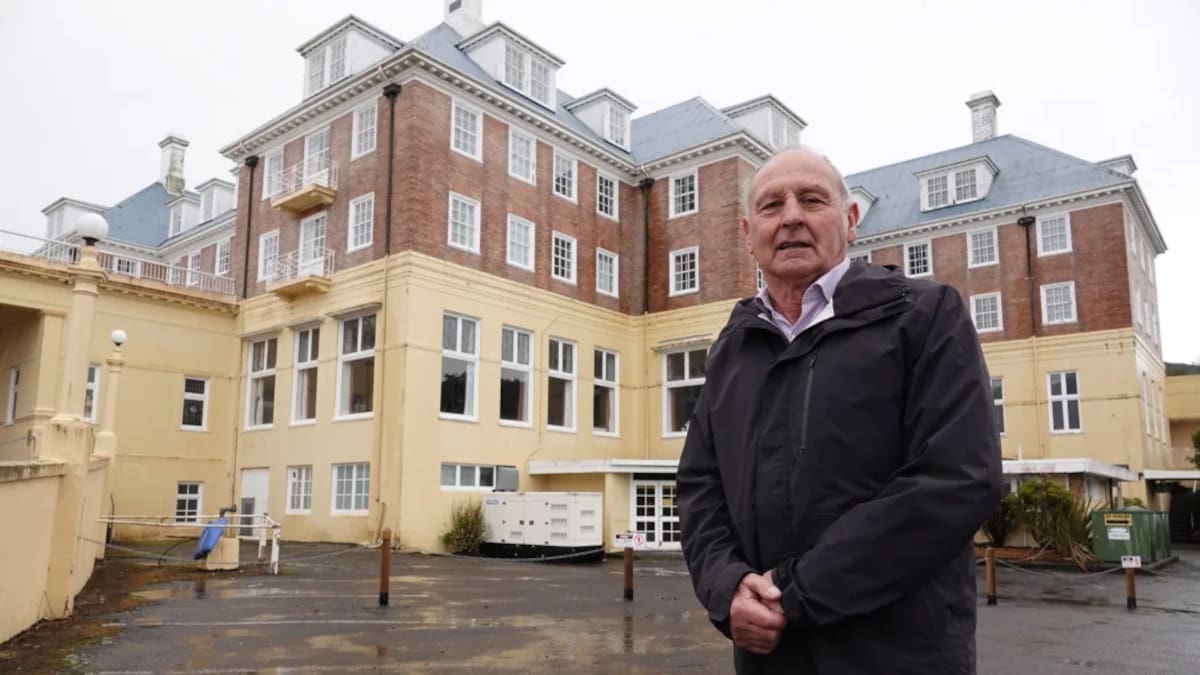Kirton said the Government’s proposals were practical, realistic and potentially a huge win for both the Chateau and Ruapehu’s small towns.
“These proposed changes introduce a much fairer balance between the costs of strengthening work and the actual risks that earthquake-prone buildings pose.
“They will help make remediation work more affordable, economic and achievable, which is exactly what our communities need.”
Kirton said Building and Construction Minister Chris Penk had indicated that a targeted retrofit approach on projects like the Chateau could reduce strengthening costs by around 20% on average.
“For the Chateau, where estimates for a complete refurbishment are up to $100+ million, this is huge,” Kirton said.
“It will significantly lower the financial risks for potential investors.”
The Chateau closed at the beginning of 2023. Photo / Jimmy Ellingham, RNZ
Kirton said the Chateau was a treasured part of the area’s heritage, and had been a vital contributor to its economy.
“We need rules that support its restoration and future, rather than stand in the way.”
He said talks were being held with a New Zealand-based investor and hoped the change in earthquake strengthening rules would help get the project over the line.
However, the earthquake strengthening rules weren’t the only challenge potential investors in the chateau faced.
Kirton said the hotel sat on conservation land, and another barrier was how long a lease arrangement could take place for under the DoC estate.
He said that to get the Chateau back to its former glory significant investment was needed, and that required long-term investment.
He said talks with local iwi hapū and the Department of Conservation to see “whether or not there’s a way forward for an investor to actually invest that amount of money”.
He said they also expected more clarity by the end of the year from Government.
– RNZ

